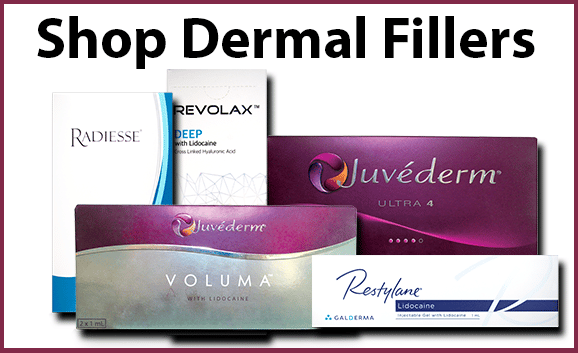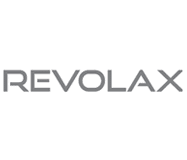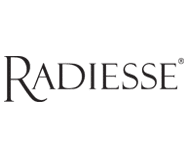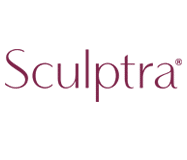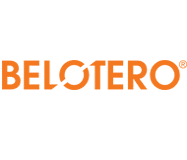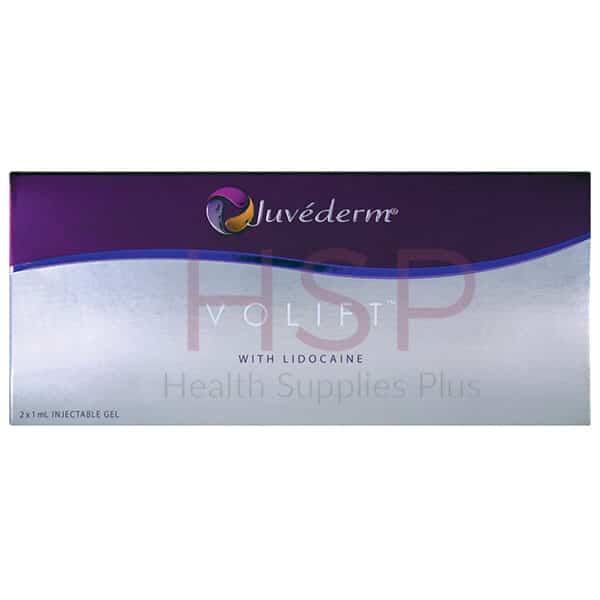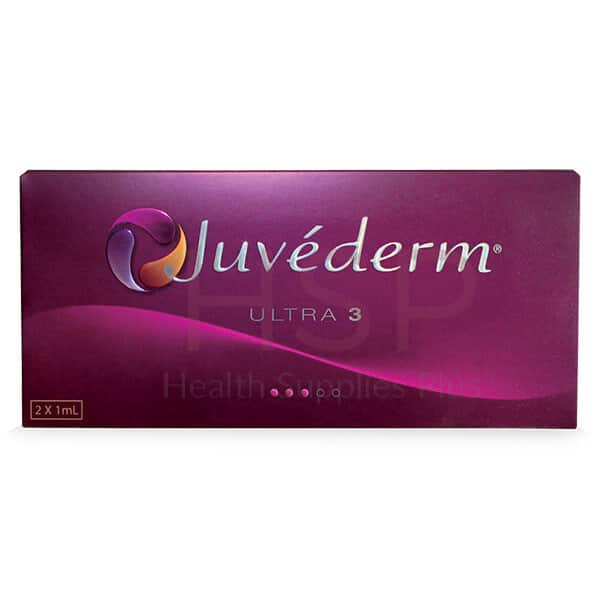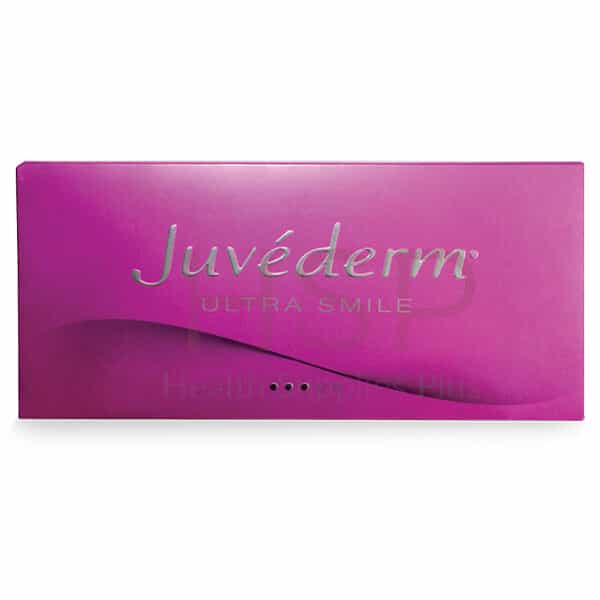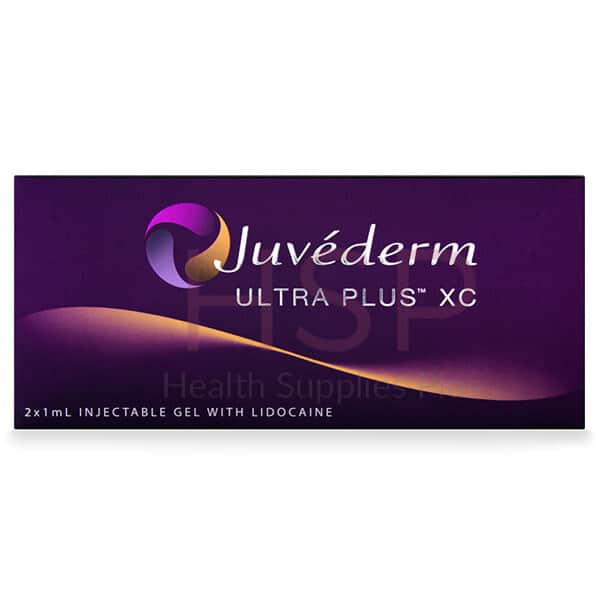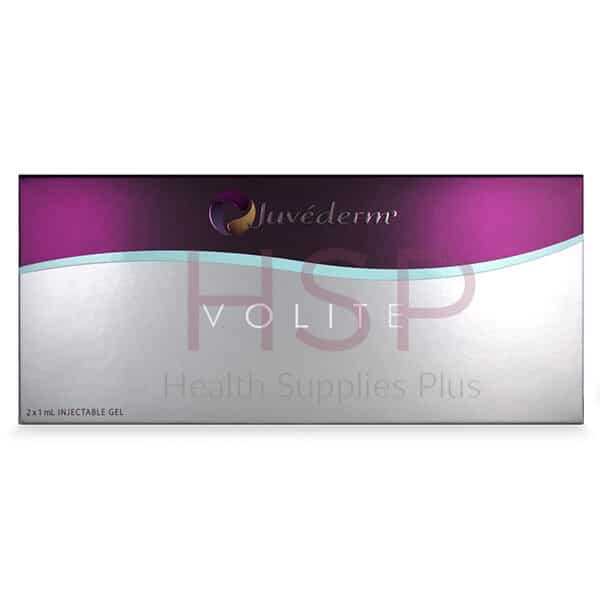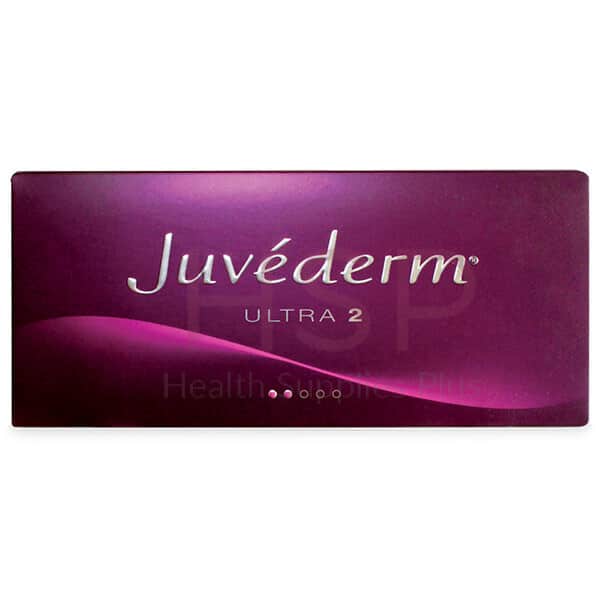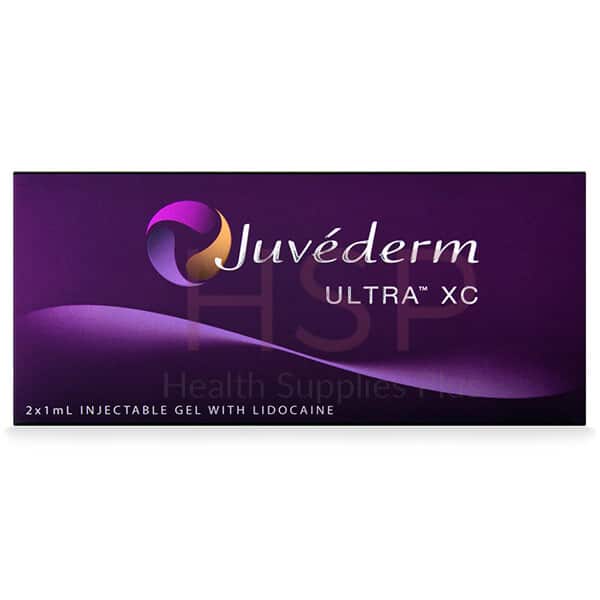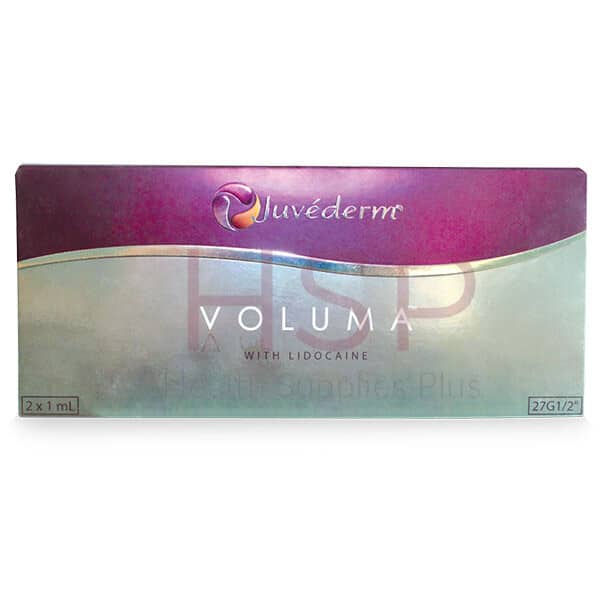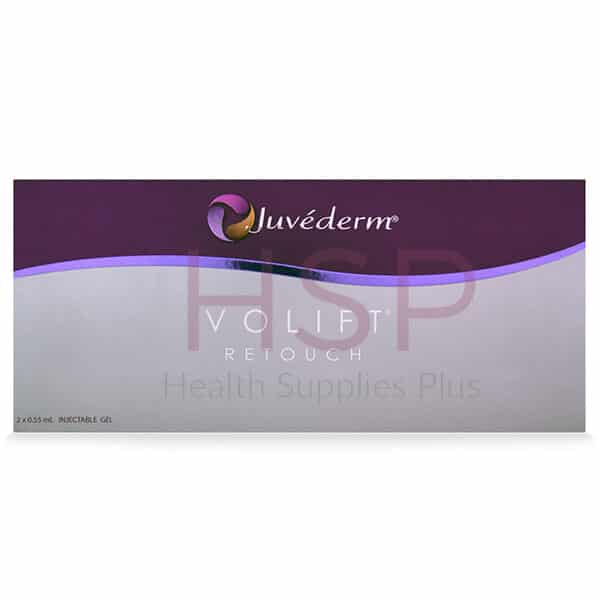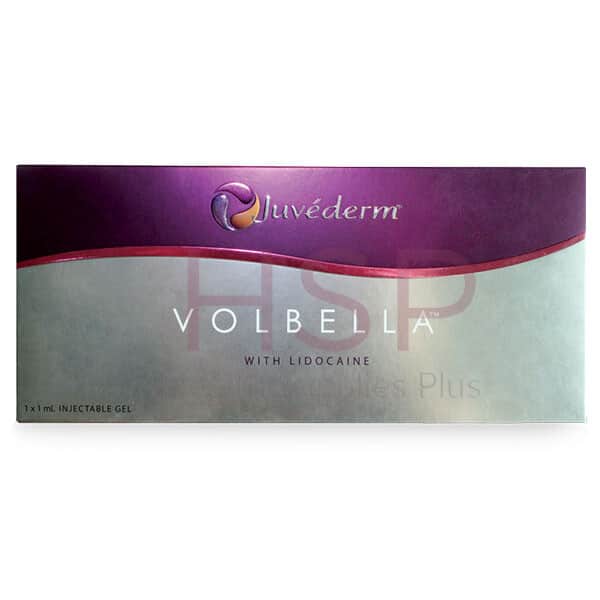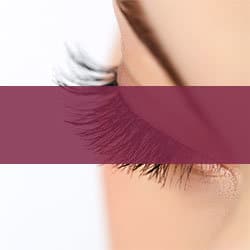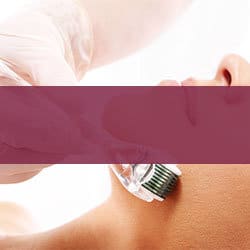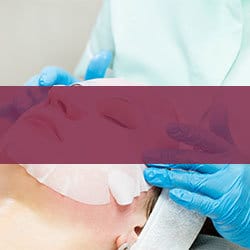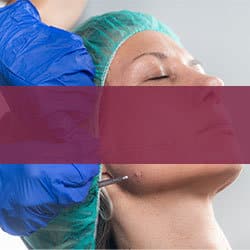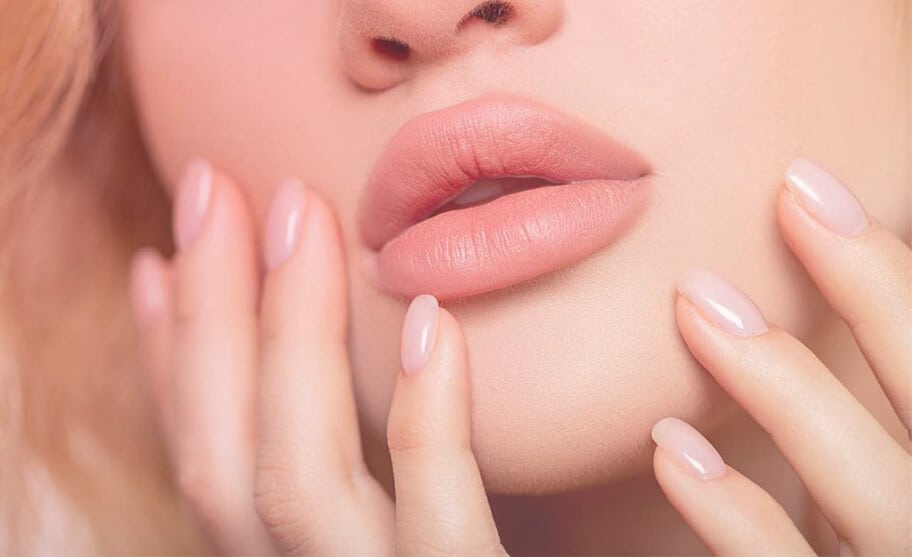
Welcome To Health Supplies Plus
Great prices on the brands you trust.
Explore our selection of aesthetics and medical supplies.You've Got Options
Order online, over the phone or even by text message.
Genuine Products
Made by globally recognized manufacturers.
Price Matching Program
We'll meet or beat the competition so you always save.
Guaranteed Delivery
Otherwise we'll replace it with NO cost to you.
Can't find a certain product? Contact us for assistance.
Discover the Health Supplies Plus Difference
Shop Dermal Fillers and other Medical Supplies Online
Shop Top Brands
Popular Categories
From The Blog:
Most Recent



Dermal Fillers



Body Contouring
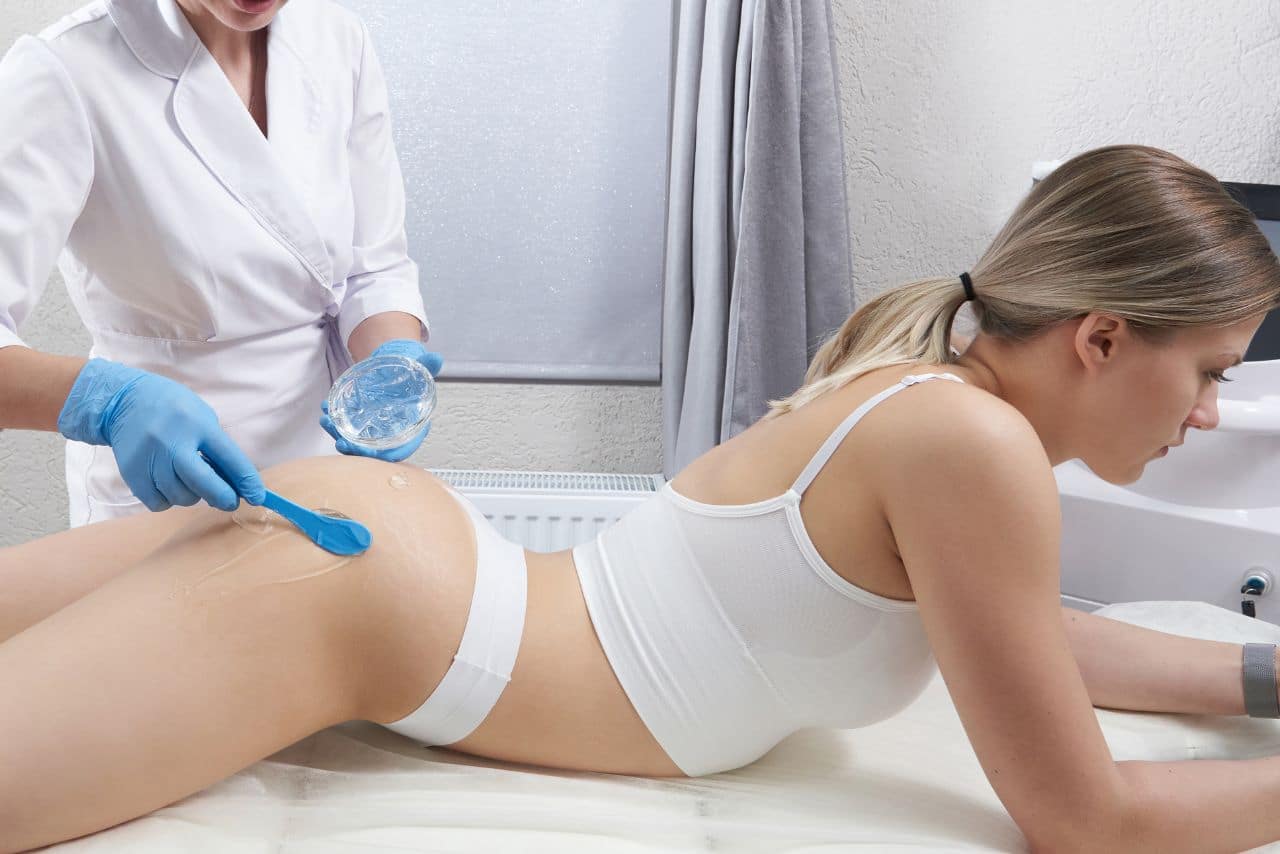
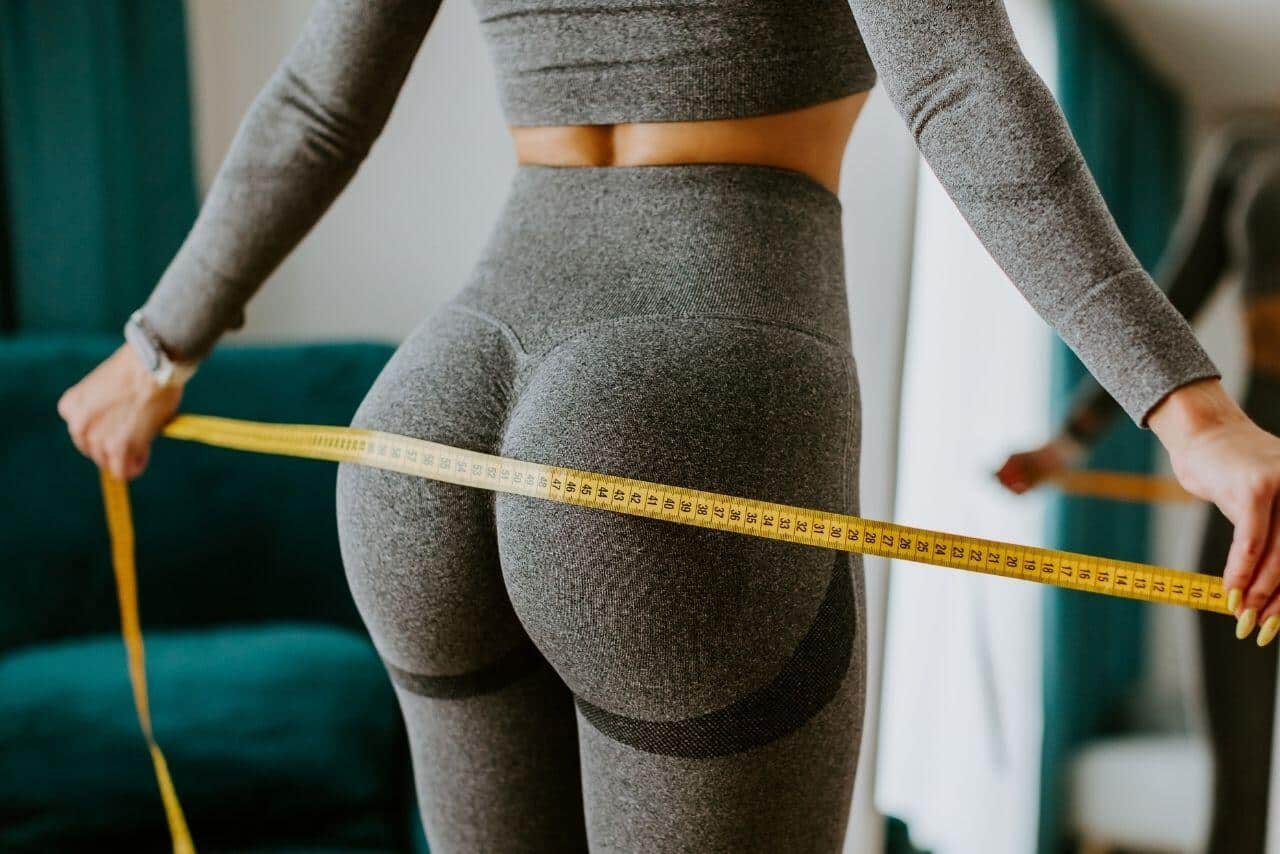

Our Promise To You
At Health Supplies Plus, we help medical professionals save money without sacrificing quality. Here you can find the brand name products you know and trust, and the more you buy, the more you save with our volume discounts and low wholesale costs.
We offer a wide variety of genuine products, across various medical specialties. Our mission is to support your practices’ daily needs, while eliminating supply hassles and earning confidence as your trusted supplier. Using our services, you can dedicate more of your time to what truly matters, your patients and the enrichment of their lives.
We look forward to supporting you, your business & your patients for many years to come.
~ The Health Supplies Plus Team
Wholesale Dermal Fillers
Buy dermal fillers online at Health Supplies Plus. We are a trusted online supplier of approved aesthetic products and supplies, and we’re at your service to provide quality aesthetic products.
With many years of operation and experience in the field of lip fillers and dermal fillers, we offer competitive wholesale pricing and world-class customer service.
Our catalog ranges from dermal fillers, weight loss fat dissolvers, mesotherapy supplies and many more categories.
If you do not see a product you are looking for, contact our friendly team. Our products are 100% authentic and we offer fast, guaranteed shipping direct to your doorstep.
We also offer discounts for bulk buying – the more you buy, the more you save. We have great wholesale prices on popular products like Juvederm Voluma, Restylane, Revolax, Juvederm Ultra, Radiesse, Profhilo, Hyacorp and many other fillers.
Dermal Fillers for Sale Online
Dermal fillers, also known as injectable implants, soft tissue fillers, face fillers or wrinkle fillers are medical device implants to help medical professionals provide patients a smoother and/or fuller appearance in the face, including nasolabial folds, cheeks and lips and for increasing the volume of the back of the hand, and many other applications.
We also offer a wide variety of other injectables, mesotherapy wholesale supplies and medical supplies – inquire today!

